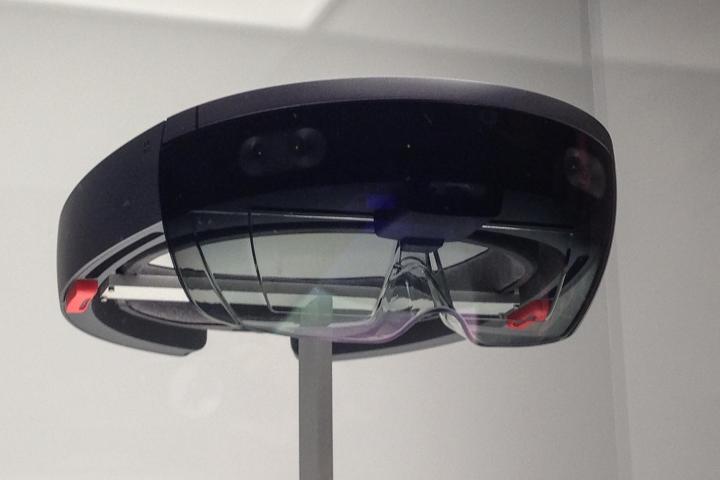
How well a computer can determine what we’re looking at is a highly important factor both in achieving more accurate AR and VR, and in helping those with physical challenges. Apparently, Microsoft has been working on a solution, as MSPU reports.
According to a Microsoft patent application, the company is working on new technology to better track a user’s eye-gaze direction. The purpose, according to the patent, would be to aid users in interacting with a computer to overcome the inability to use a mouse to move a cursor, and to help whenever a user’s hands are otherwise occupied, such as in connection with industrial control, aviation, and emergency room situations. Of course, such technology would also be of use in AR and VR applications.
As MSPU points out, Microsoft’s current premier AR solution, HoloLens, only detects where a user’s head is facing, with a line extending straight out from between the user’s eyes representing the direction of the user’s gaze. The technology outlined in the patent, however, would use a combination of sensors and processors to ascertain where the user’s eyes are actually gazing, independent of head position.

While other systems serving this purpose currently exist, Microsoft characterizes them as costly, complex, requiring excessive power, and bulky. The patent outlines a system that serves to reduce size, complexity, and power requirements while improving accuracy in determining eye movement and direction.

Basically, the system would determine eye-gaze direction relative to the user’s head direction — such as looking left while the user’s head is facing to the right — and would therefore work better for AR and VR applications than would systems that are fixed in space in front of the user. Capacitive sensors would be used that sit close enough in front of the eye to detect the eye’s bulge and would be specifically configured for a user’s physiology. A contact lens with conductive material could also be placed on the eye to enhance the responsiveness of the capacitive sensor.
As always, patents are filed for all sorts of inventions that never see the light of day. If this one makes it through to actual product development, then Microsoft will have created a cost-effective, accurate, and speedy way to sense where you’re looking. That would pay dividends for future AR and VR applications and would also help anyone who faces challenges in using a computer with a traditional keyboard and mouse.


